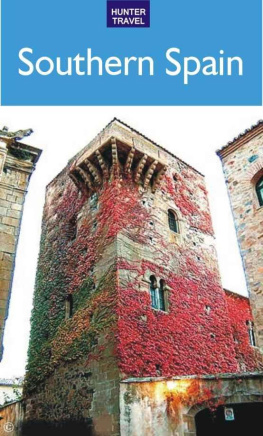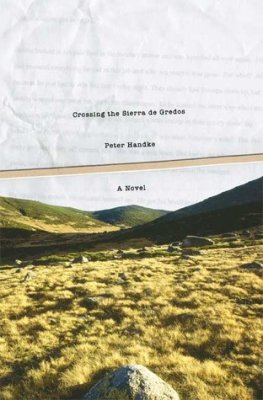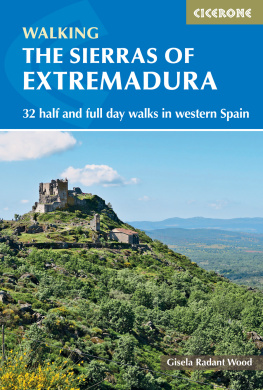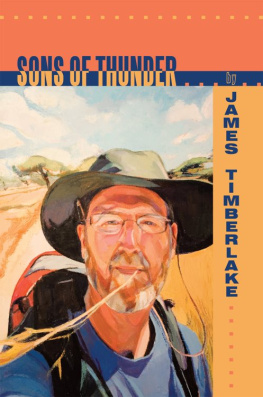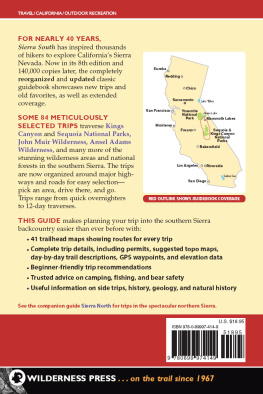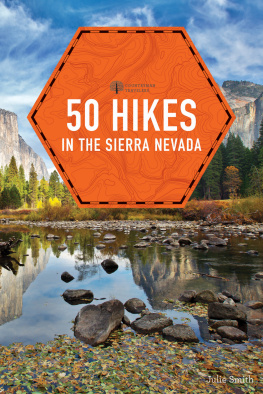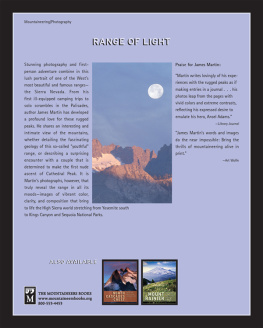Hunter Publishing, Inc.
Hunter Publishing, Inc.
All rights reserved. No part of this publication may be reproduced, stored in a retrieval system, or transmitted in any form, or by any means, electronic, mechanical, photocopying, recording, or otherwise, without the written permission of the publisher.
This guide focuses on recreational activities. As all such activities contain elements of risk, the publisher, author, affiliated individuals and companies disclaim any responsibility for any injury, harm, or illness that may occur to anyone through, or by use of, the information in this book. Every effort was made to insure the accuracy of information in this book, but the publisher and author do not assume, and hereby disclaim, any liability for any loss or damage caused by errors, omissions, misleading information or potential travel problems caused by this guide, even if such errors or omissions are the result of negligence, accident or any other cause.
Climate
Despite its location in the temperate zone, Spain's rugged terrain gives rise to a multitude of climates. The Cantabrian Mountains in the north mark the uppermost, rainy climate zone. This range separates the Basque Country, Cantabria, Asturias and Galicia into a verdant region commonly referred to as Green Spain. Its maritime climate, swept by cold Atlantic airstreams from the north and northwest, varies only slightly in temperature, with generally mild winters and cool summers. These regions endure regularly cloudy skies and an average of 800 mm (31 inches) of rainfall per year.
To the east, Catalunya and the Levant have excellent Mediterranean climates, with warm summers, cool evening breezes and short, rainy winters. Here, as throughout Spain, temperatures drop considerably at higher altitudes. To the south of the Cantabrian range is the extremely varied climate of dry Spain. Its Central Plateau and Ebro River Valley have a continental climate, with freezing winters, dry, sweltering summers and very little rainfall outside of the occasional fierce thunderstorm. The temperature ranges from 25-33C (77-91F) in the summer months and 5-18C (41-64F) in the wintertime. Along the southern coast, site of Spain's most developed summer resorts, the summers are treacherously hot, while the spring and fall months (April-June and September-October) have perfectly sunny weather. Despite reports to the contrary, winter, even on the Costa del Sol, is usually too frigid to enjoy the beach.
Travelers have two options, either brave the nastier weather and avoid the tourist crush, or enjoy good weather while enduring the crowds. Spring is usually ideal for visiting the central regions of Castille, Andalucia, the Mediterranean coast and the Balearic Islands with their mild, but occasionally rainy climate. By summer, the sun is often unbearable and the afternoon siesta takes on a renewed importance. Summer is perfect for the northern regions and resorts along the Cantabrian coast, while fall is a good time for the entire country. In the winter the Mediterranean coast enjoys the mild temperatures that the Canary Islands have year-round, with an average temperature of 73-84F.
Government & Economy
"' The Lazy Spaniard' has passed into a proverb. The wide world knows his picture - that broad sombrero, romantic cloak and inevitable cigarette. But how about the laborious Spaniard? He deserves not to be ignored." Katherine Lee Bates, Excessive Toil in Spain , 1899
Political History
Beginning in 218 BC, the successive governments of Spain fell under the rule of Romans, Visigoths, Arabs and, since the middle ages, Christians. Under the Christians, the Spanish government blossomed throughout the "Golden Age" as the center of the far-flung Hapsburg Empire of Charles V . In the late 16th century, the arts began to thrive under Philip II as a result of Cervantes, Velazquez, Lopez de Vega and El Greco. The Habsburg dynasty reached its zenith and declined during the 17th century under the inept rule of King Carlos II . A short revival followed under Carlos III of the Bourbons, but as the 18th and 19th century approached, Spain's government grew increasingly unstable due to the Napoleonic wars and internal political vendettas.
In 1931 King Alfonso XIII abdicated his power to the left-wing republic, which was shortly thereafter crushed by General Franco in the Civil War of 1936-1939. This fascist regime lasted until Franco's death in 1975, when a democratic parliamentary monarchy was restored. The new constitution of 1978 partitioned the country into 17 autonomous regions and created a bicameral parliament (Cortes) divided into the Congress of Deputies and the Senate , which holds legislative power. The Prime Minister , elected every four years by citizens over the age of 18, is responsible to the Cortes. The 202 senators are chosen by direct election and the 350-strong congress is elected every four years by proportional representation.
In 1981, rebel factions among the Spanish security forces seized the Cortes and attempted to impose a military-backed government. The bulk of the military, however, remained loyal to King Juan Carlos , who used his respected authority to put down the bloodless coup. Beginning in 1982, the Partido Socialista Obrero Espaol (PSOE, Spanish Socialist Workers Party) came into power under Felipe Gonzalez . For the next 13 years this party would rule, its democracy largely emphasizing pragmatism and technocracy over ideology. During this period Spain joined NATO and the European Community , from which it has benefited considerably.
In the mid-90s Gonzalez found himself at the head of a minority government and a country that was gradually overcoming its historic distrust of the Right. A lingering economic recession and allegations of corruption only heightened the general disillusionment with the government. In 1996, boosted by the backing of several regional parties, the right-wing Partido Popular (PP), the majority party in the Cortes, won the election, with Jos Maria Aznar as its head. Aznar moved to decentralize powers to the regions and liberalize the economy with programs of privatization, labor market reforms and measures aimed at increasing competition in key markets such as telecommunications.
After some initial difficulties, the PP found its stride as it began to fully integrate into European institutions and qualified for the European Monetary Union. Under Aznar, Spain has taken part in military operations with the United States and other NATO countries in Yugoslavia and in the air war against Serbia in 1999. Its armed troops and police detail form part of the international peacekeeping forces in Bosnia and in Kosovo, where one of its generals commands the NATO forces. Spain's military consists of an Army, Navy, Air Force, Marines, Civil Guard, National Police and Coastal Civil Guard.
A landslide victory in 2000 allowed Aznar to expand his increasingly popular economic and reform policies unencumbered by the coalitions that initially worked to thwart his success. By 2003, however, the prime minister's popularity had begun to wane. The Spanish population, already outraged by the government's irresponsible handling of the Prestige tanker and resulting oil spill that devastated the the Galician coast, felt increasingly voiceless when the government sided with the US and British allies in the war on Iraq, which over 90% of the population was opposed to. Spaniards who had so staunchly embraced democracy with the fall of Franco began to feel their freedom was slipping away. Protests were widespread and Aznar was frequently likened to Franco for his unpopular actions. It remains to be seen exactly which road the new Spaniards will take. It seems certain, though, that the conservative regime that Aznar espoused will be replaced by the left-wing socialists, most likely headed by Jos Luis Rodriguez Zapatero

